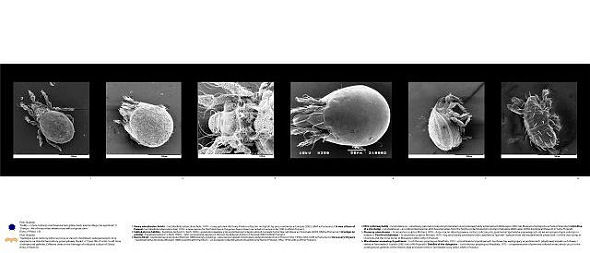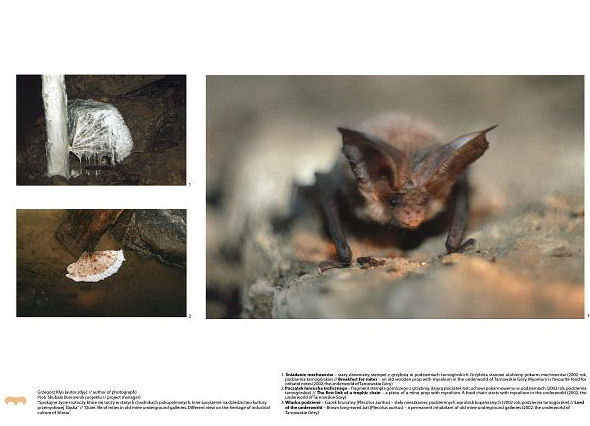

Description popularizing the research project
Surprisingly life still goes on under a thick blanket of coal dust, under a cracked crust of slag. It is where moss mites live. They owe their name to forest moss as it is their natural habitat, but they cannot find any on dumps. The animals are tiny relatives of spiders and house dust mites but unlike their cousins they do not keep us company and do not cause allergies. They live in soil dominating, in many aspects, other inhabitants. Despite high population density reaching several hundred thousands individuals per square meter, they are hard to spot as they are not longer than half a millimeter. In the crowd we could see a few hundred species living in the whole territory of Poland.
What are they looking for in post-industrial wastelands? They cannot find there wet humus with rotten leaves, dead plants, algae and fungi. Can they survive on heaps of rocks, coal dust and slag impregnated with salt of mine water? Fortunately they are not very picky and are able to create sufficient conditions themselves. Cooperating with such microorganisms as bacteria and fungi they transform even smallest amounts of organic matter into soil. Then next legions of mites enter the prepared ground to continue the work. Year by year, generation by generation millions of mites colonize a dump up to the very top. After their passage other, more demanding animals and plants come. The mites do not care about heavy metals occurring on heaps, lack of water and extremely high temperatures. Despite the fact that the number of individuals hardly reaches several thousand (per square meter) you have to admit that the moss mites truly reclaim Silesian dumps.
Abstract
Studies on succession of soil saprophagous mites of the order Oribatida were carried out on seven post-industrial dumps of different origin (coal-mine dumps, iron and zinc metallurgic dumps and a coal-mine sedimentation tank). Furthermore, oribatid fauna was studied in the neighboring biotopes. Three successional stages of oribatid development on post-industrial dumps can be demonstrated. A considerable time period (> 30 years) is needed for the composition of the mite fauna of post-industrial dumps to approach that one of the pre-disturbance vegetation. Despite the "K attributes" that characterize oribatids, these mites can be regarded as successful colonizers of post-industrial dumps. They can attain an abundance of 12,000 per square metre after several years, and they usually become the dominant group of mesofauna after 10-15 years. Three categories of oribatid species colonizing dumps were recognized, the so-called "sprinters", "long-distance runners" and "late" successional species. Magnesium and sodium contents was frequently recognized as the most important environmental factor influencing the oribatid communities. One of the successional models, so-called "facilitation" model, seems to explain most of the observed situations in these artificial habitats the best.
The reclamation measures carried out on post-industrial dumps introduce an element of randomness in the succession of oribatid fauna, which does not help to accelerate the development of this group of mesofauna. Deposited wastes forming post-industrial dumps appear to offer oribatid mites conditions suitable enough for the survival and development of many species. Collected oribatids belonged to 172 oribatid species (it is over 30% of oribatid fauna in Poland). Eight species and one subspecies were new to the Polish fauna and thirty-five species were new for the Upper Silesian Region.



